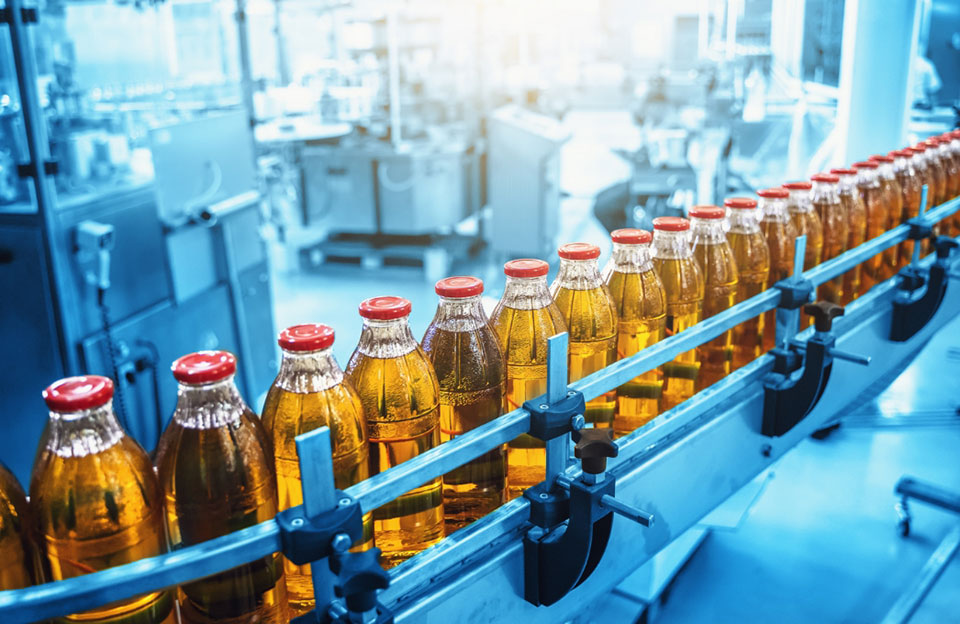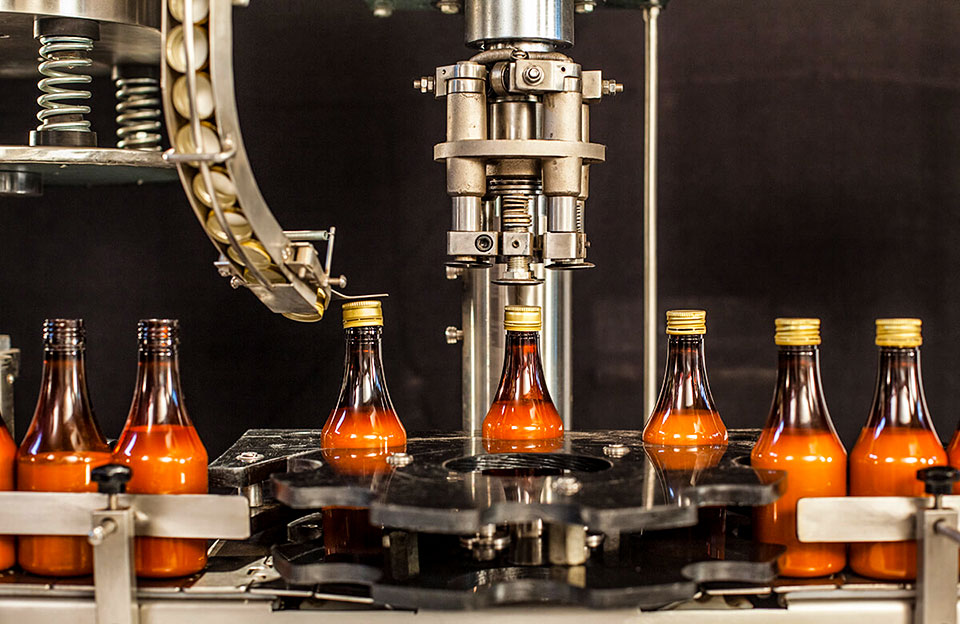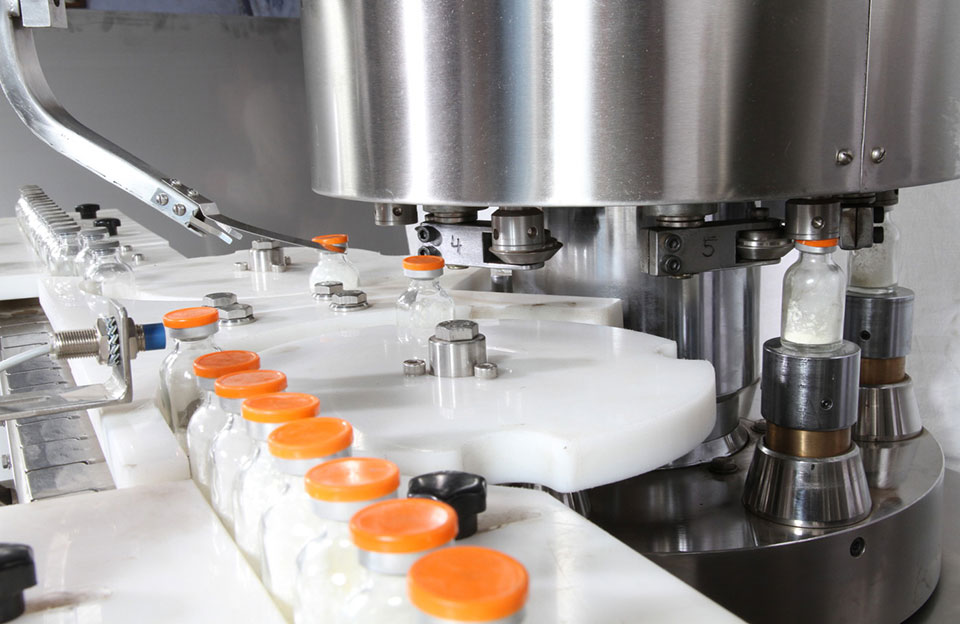As a key component of modern packaging, bottle caps originate from the human pursuit of storage needs. From the earliest simple sealing to today’s innovative design, the continuous development of bottle caps has given birth to the production of capping machines. With the continuous development of science and technology, the capping machine has also developed from manual to automatic capper.
Reasons for the Appearance of Bottle Cap
The emergence of bottle caps is rooted in the human need to preserve food and liquids. In the early days, people used natural materials such as leaves, animal skins, etc., for packaging, but this method has limited airtightness and freshness. With the development of society, people began to manufacture bottles to preserve items.
However, the mouth of the bottle cannot be effectively sealed, so it is inevitable to seek a more effective sealing method. This prompted the emergence of bottle caps, which were mainly handmade at first. With the advancement of industrial technology, the rise of metal bottle caps laid the foundation for closure and protection, which led to the evolution and innovation of bottle caps.
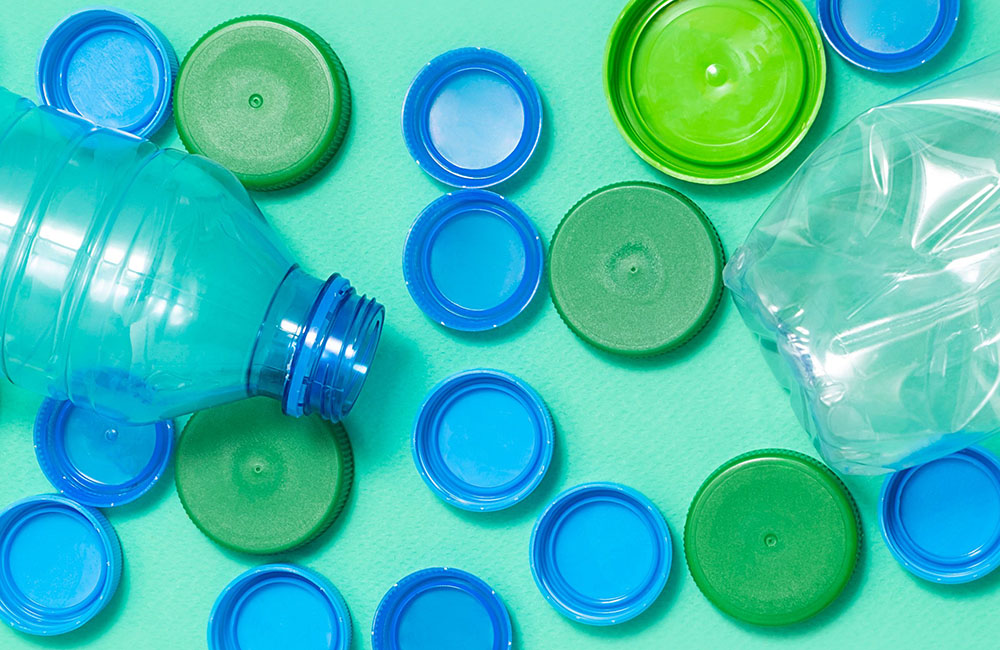
Development History of Bottle Caps
Bottle caps have experienced continuous development from simple protection to innovative design. From the end of the 18th century to the beginning of the 19th century, the appearance of metal bottle caps improved the sealing performance through thread design and sealing technology. In the 20th century, different types of bottle caps came out one after another, such as twist caps and flip caps, which met different product and market demands.
The variety of bottle caps brings challenges to traditional manual operations because different bottle caps require different tightening methods, which are inefficient and prone to errors. The emergence of bottle capping machines is precisely to meet this challenge. By means of automation, it can flexibly adapt to different types of caps and realize high-speed and accurate screwing operations, thereby improving production efficiency and sealing quality.
Development History of Capper: From Manual to Automatic Capper
- Manual Capper Stage: The early capping process relied on manual power. The operator needs to manually place the bottle cap on the bottle mouth and then tighten the bottle cap tightly. While simple, this approach has limitations regarding efficiency, consistency, and labor costs, especially as production scales up.
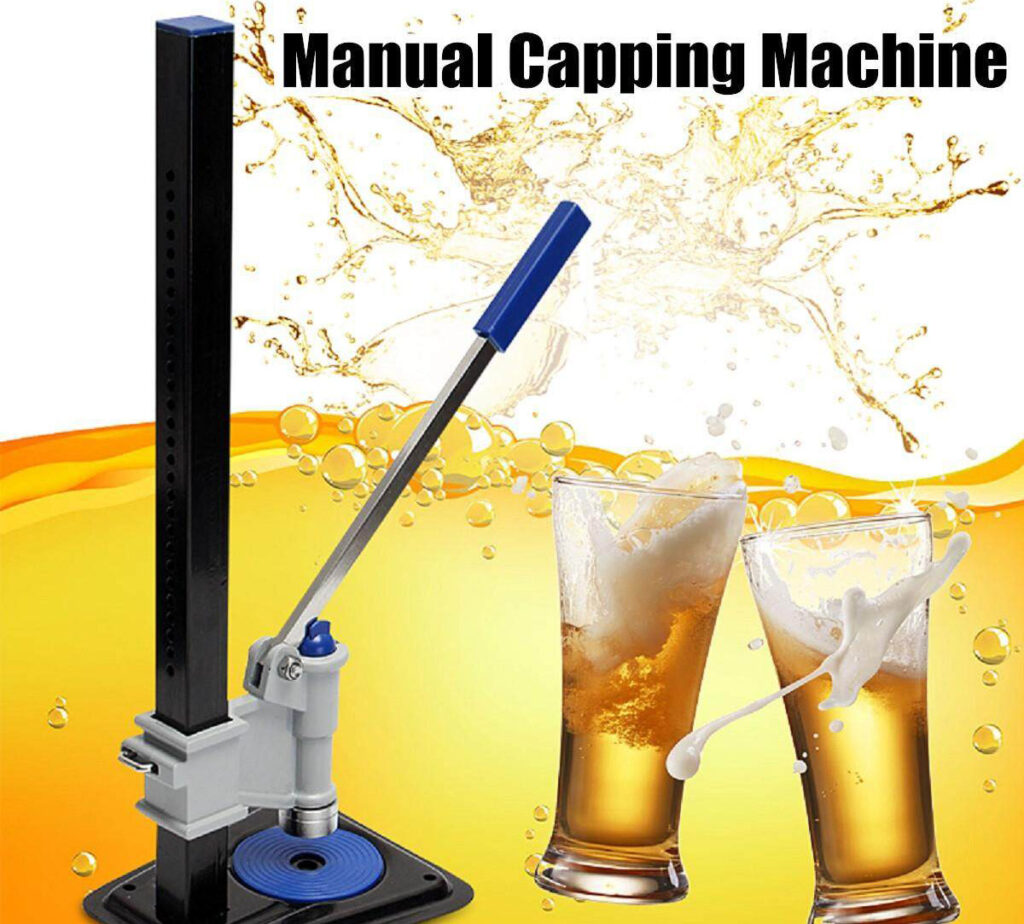
Manual Capper - Semi-automatic Capper Stage: With the rise of industrialization, semi-automatic capping machines gradually appeared. At this stage, the operator still needs to be involved, but with the help of auxiliary equipment, such as cap feeders and rotary mechanisms, the capping process is completed. This approach improves efficiency and consistency but is still limited by the skill and speed of the operator.
- Automatic Capper Stage: With the continuous advancement of science and technology, the automatic capping machine has achieved breakthrough development. The capping machine has advanced sensors, control systems, and intelligent technologies at this stage. It enables fully automated operation from cap supply, positioning to screwing, eliminating the need for operator intervention. A highly integrated control system ensures a precise capping process, which improves production efficiency, quality consistency, and automation level of the production line.
The development from manual to automatic capper demonstrates the continuous progress of manufacturing automation technology. The emergence of fully automatic capping machines not only improves production efficiency but also reduces errors caused by human factors, thereby improving product quality and consistency. In addition, the change from manual to automatic capper also reduces labor costs and operator burden, bringing greater economic benefits to the enterprise.
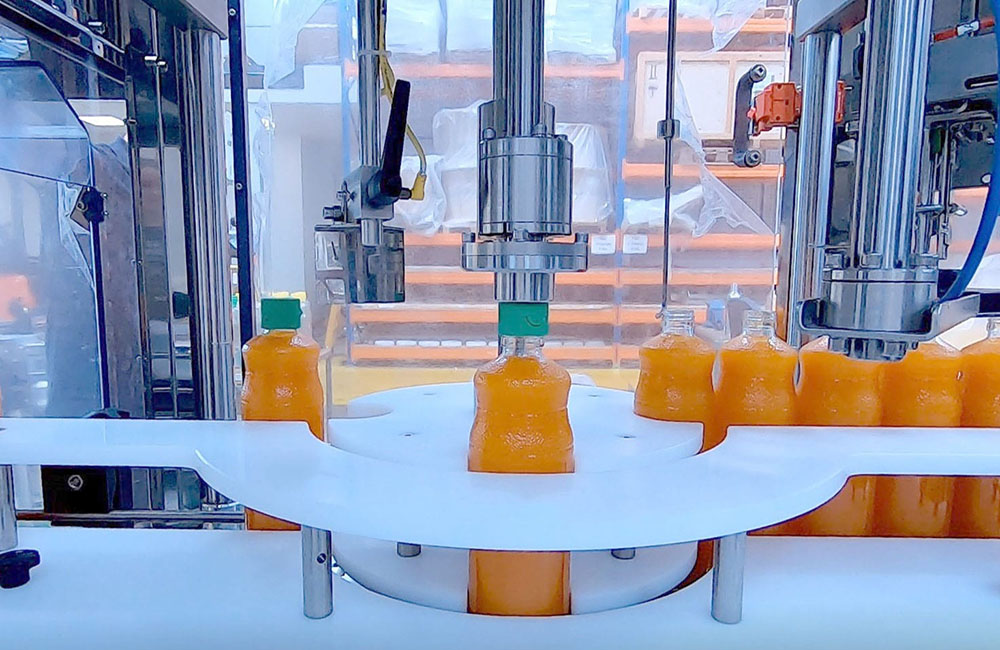
The Future of Capping Machines: Intelligence and Sustainability
- The Prospect of Intelligence:
- Intelligent technology will gradually penetrate the capping machine field to achieve a higher level of automation and intelligence. Introducing technologies such as visual recognition, machine learning, and artificial intelligence will enable the capping machine to automatically identify different cap types and sizes, enabling unattended operation.
- The intelligent capping machine can monitor the working status in real time, identify abnormal situations, and adjust operating parameters to maintain stable production. This not only increases productivity but also reduces interruptions and waste in production.
- Prospects for Sustainability:
- In the context of environmental protection and sustainability, future capping machines will focus more on energy efficiency and resource conservation. Reduce energy consumption and emissions by using energy-efficient drive systems and materials to reduce environmental impact.
- Sustainable design also includes using recycled materials for the capping machine, reducing waste. This will help drive the packaging industry towards a greener direction, aligning with sustainable development goals.
- Comprehensive Innovation:
- Future capping machines may incorporate intelligent and sustainable innovations to achieve efficient, intelligent, and green production. Smart technology will enhance the autonomy and responsiveness of production lines, while sustainable design will make production more environmentally friendly and socially responsible.
- With the continuous pursuit of efficiency, quality, and environmental protection in the manufacturing industry, the capping machine will continue to evolve and become an important part of the era of intelligent manufacturing.

Intelligence and Sustainability
Which Capping Machine Is Better: Manual, Semi-Automatic, Or Automatic Capper?
When choosing the type of capping machine, the better option depends on the production needs and goals. Manual capping machines are suitable for small-scale production, with low cost and simple operation advantages, but may not be efficient in high-volume production. Semi-automatic capping machines combine mechanization and operator involvement to increase efficiency and consistency for medium-scale production.
However, the automatic capping machine is characterized by high intelligence and automation capable of high-speed, high-precision capping operations. It is especially suitable for large-scale and efficient production lines. Therefore, choosing the best type of capping machine requires comprehensive consideration based on factors such as production scale, efficiency requirements, and investment costs.
Conclusion
The evolution from manual to automatic capper highlights the development trend of manufacturing automation. The importance of bottle caps in product protection cannot be overlooked, and the introduction of automation improves efficiency and product quality. As technology advances, fully automatic capping machines will continue to play a key role in the manufacturing industry, providing greater consistency and reliability for product packaging.
